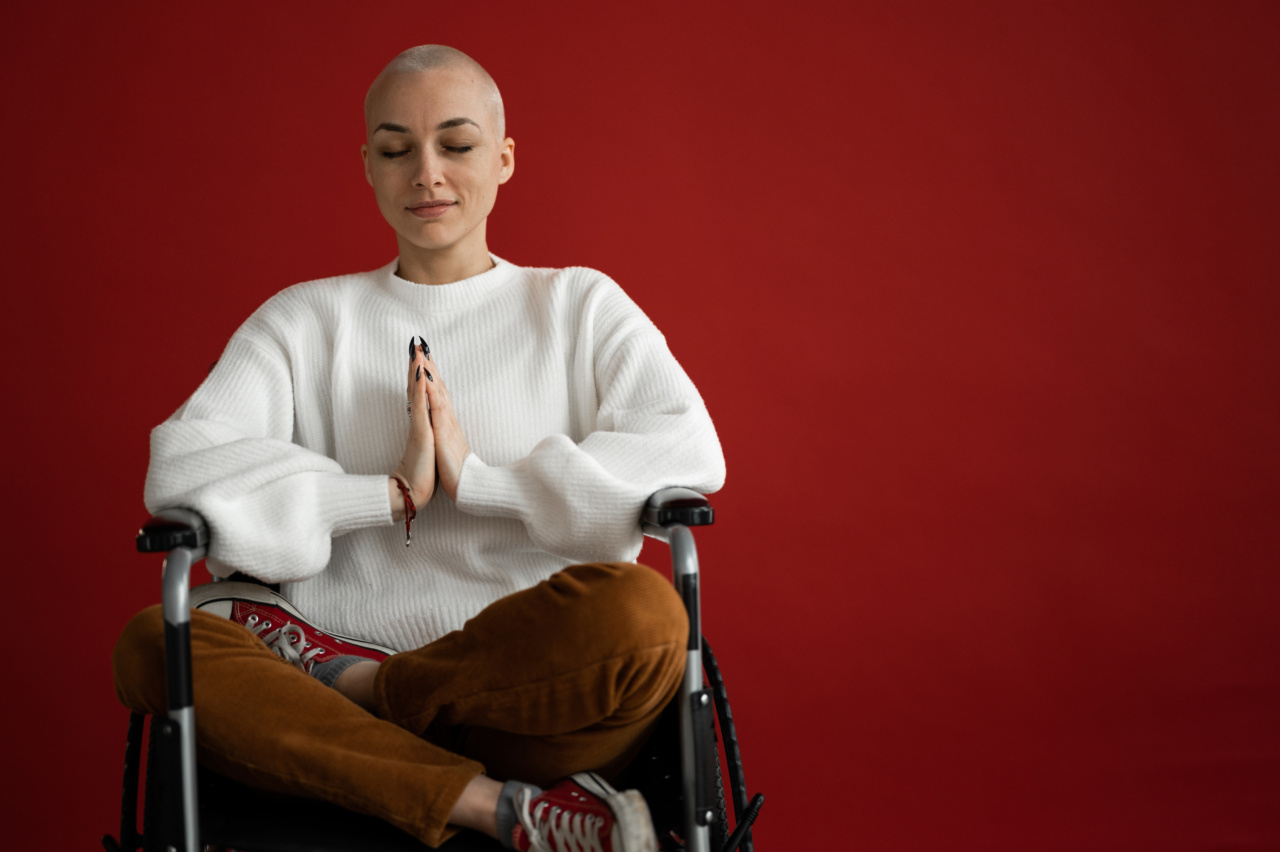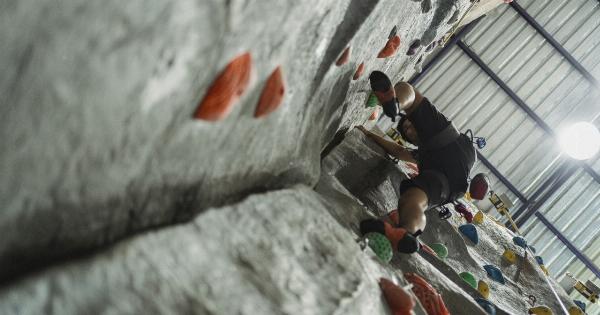UV radiation has long been associated with an increased risk of skin cancer.
As a result, many individuals are concerned about the potential dangers of UV radiation exposure during manicures, particularly when using gel or acrylic products that require curing under a UV lamp. However, recent studies have shown that the risk of developing cancer from UV radiation during manicures is minimal, if not negligible.
In this article, we will explore the research surrounding UV radiation in manicures and discuss why it poses little to no cancer risk.
Understanding UV Radiation
UV radiation is a type of electromagnetic radiation that comes from the sun, tanning beds, and certain artificial light sources, such as UV lamps used in manicures. It is classified into three types: UVA, UVB, and UVC.
UVA radiation has the longest wavelength and is the type most commonly used in gel and acrylic manicures. UVB radiation has a shorter wavelength and is responsible for causing sunburns. UVC radiation has the shortest wavelength and is mostly absorbed by the Earth’s atmosphere.
The Link Between UV Radiation and Skin Cancer
Excessive exposure to UV radiation, particularly UVB and UVA, can damage the DNA in skin cells, leading to mutations that can cause cancer.
Skin cancer is the most common type of cancer worldwide, and exposure to UV radiation is considered one of the primary risk factors for its development. It is important to note that the majority of skin cancer cases are attributed to prolonged sun exposure, not UV lamps used during manicures.
UV Radiation Levels in Manicures
Multiple studies have been conducted to measure UV radiation levels emitted by UV lamps used in manicures. The results consistently show that the UV radiation emitted during a manicure is significantly lower than that of natural sunlight.
In fact, the exposure to UV radiation during a manicure session is comparable to spending a few minutes outdoors on a sunny day.
Minimal Exposure Time
Another important factor to consider is the limited exposure time to UV radiation during a manicure. The curing process of gel and acrylic products typically requires 2-3 minutes under a UV lamp.
This short duration provides only a brief exposure to UV radiation, further reducing any potential risk.
Protective Measures
To minimize any potential risk, nail salons and manufacturers have implemented various protective measures.
These include the use of broad-spectrum sunscreens, specially formulated manicure gloves, and the advancement of LED lamps that emit significantly less UV radiation than traditional UV lamps. Additionally, it is recommended to avoid excessive exposure to natural sunlight outside of salon visits and to wear sunscreen on exposed skin regularly.
Evidence from Scientific Studies
A number of scientific studies have investigated the potential health risks of UV lamps used in manicures.
For example, a study published in JAMA Dermatology in 2013 examined the UV radiation emitted by different types of lamps and found that the level of UV radiation emitted by these lamps was safe and did not pose a significant risk of cancer. Similarly, a study conducted by the Skin Cancer Foundation in 2014 concluded that the risk of developing cancer from UV lamps used in manicures was minimal, as long as protective measures were taken.
Alternative Nail Treatments
For individuals who remain concerned about UV radiation exposure, alternative nail treatments can be considered.
UV-free gel nail products are now available, which use non-UV curing methods, such as LED lamps or gel polishes that dry through a chemical reaction instead of UV exposure. These alternatives eliminate the potential risk of UV radiation while still providing long-lasting and chip-resistant manicures.
Conclusion
While excessive exposure to UV radiation can increase the risk of skin cancer, the risk associated with UV lamps used in manicures is minimal, if not negligible.
Scientific studies have consistently shown that the level of UV radiation emitted during a manicure session is significantly lower than that of natural sunlight. Additionally, the short exposure time and implementation of protective measures further reduce any potential risk. For those still concerned about UV radiation, alternative nail treatments that do not require UV exposure are readily available.





























